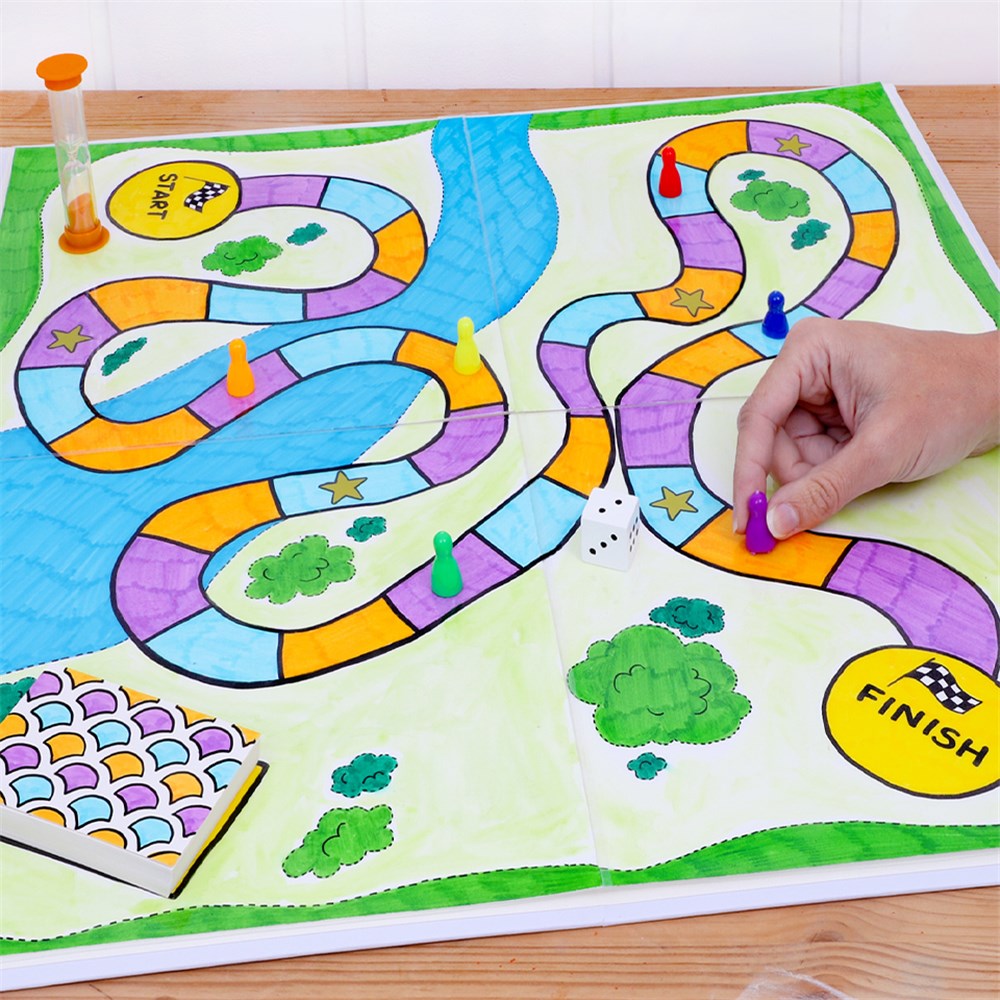

As video games continue to dominate the gaming industry, it’s easy to overlook the lessons that can be learned from traditional board games. While video games offer immersive experiences and cutting-edge technology, board games have been around for centuries and have stood the test of time. Game designers can gain valuable insights from board games that can enhance their own game design practices.
One key lesson that game designers can learn from board games is the importance of simplicity. Board games typically have straightforward rules and mechanics that are easy to understand, yet offer deep strategic depth. This is a stark contrast to some video games that can overwhelm players with complex controls and convoluted systems. By focusing on simplicity and elegance in game design, designers can create games that are more accessible and enjoyable for players.
Another lesson that board games can teach game designers is the value of social interaction. Board games are inherently social experiences that bring people together around a physical table. Players interact with each other in real-time, discussing strategies, making deals, and forming alliances. This social aspect is often overlooked in video games, where players can be isolated behind a screen. By incorporating social elements into their games, designers can create more engaging and immersive experiences that players will want to come back to time and time again.


Board games also excel in player agency and decision-making. In many board games, players have a high degree of agency and are constantly making decisions that impact the outcome of the game. This sense of agency can create a feeling of empowerment and engagement for players, who feel like they have control over their own destiny. By giving players meaningful choices and consequences in their games, designers can create more engaging experiences that players are invested in.
Additionally, board games are known for their emphasis on player interaction and emergent gameplay. In many board games, player interaction is at the heart of the experience, leading to dynamic and unpredictable outcomes. Players must adapt to their opponents’ strategies and tactics, leading to emergent gameplay that keeps the experience fresh and exciting. Including elements of player interaction and emergent gameplay in video games can add depth and replayability to the experience, keeping players coming back for more.
Overall, game designers have much to learn from board games when it comes to simplicity, social interaction, player agency, and emergent gameplay. By incorporating these lessons into their own game design practices, designers can create more engaging, immersive, and memorable experiences for players. So next time you sit down to design a game, take a moment to consider what board games can teach you – you may just be surprised at the insights you uncover.
